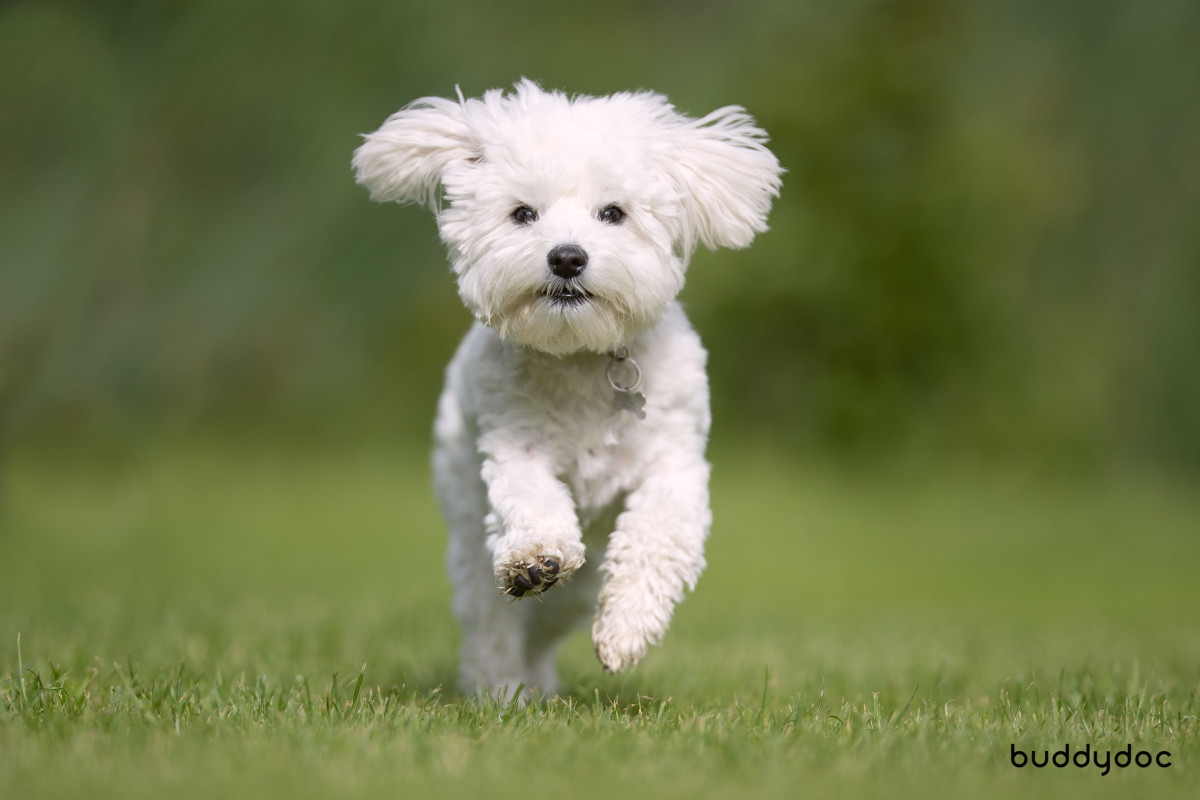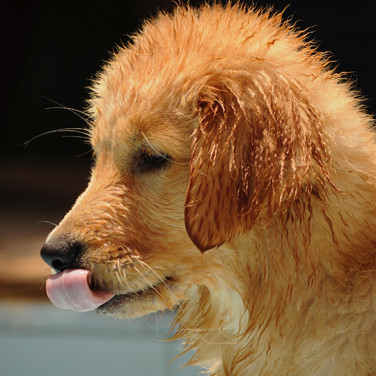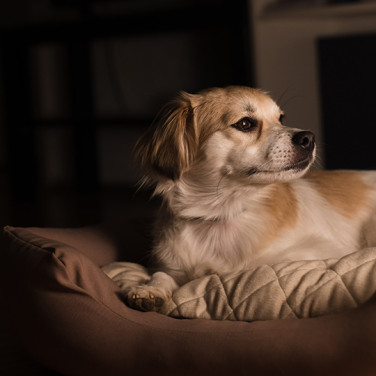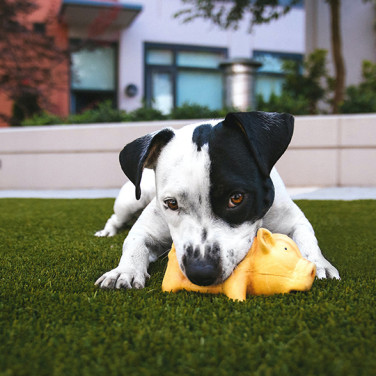ARTICLE
Everything About Maltese Dog Breed - Facts and Characteristics
페이지 정보
본문
Maltese dog breed
In the vast world of dog breeds, few capture hearts and turn heads as effortlessly as the Maltese. These pint-sized canines may be small in stature, but they come packed with charm, history, and personality. With their silky, flowing coats and bewitching eyes, Maltese dogs have won the affection of dog lovers around the globe. In this article, we will delve into the enchanting world of the Maltese breed, exploring their unique physical features, genetic predispositions, endearing characteristics, and extra tips to raising them as a part of your family.
Characteristics of Maltese dogs
Maltese breed is renowned for their remarkable personality traits that make it a beloved companion to many.
Key characteristics of Maltese dogs
Affectionate and loving
Maltese dogs are a living embodiment of affection. They are known for forming strong bonds with their owners and are often considered velcro dogs because they like to stick close by, offering their love and companionship at every opportunity.
Playful and energetic
Despite their small size, Maltese dogs are surprisingly energetic and playful. They love a good game of fetch or a romp in the yard, and their lively spirit can bring joy to any household. Be prepared for bursts of energy and playfulness that will keep you on your toes.
Gentle
Maltese dogs are generally gentle and well-mannered. They are excellent companions for families with children, as they tend to be patient and tolerant, making them a suitable choice for households with kids. While Maltese dogs are inherently well-mannered, basic obedience training is essential to ensure they grow into well-adjusted pets. They are intelligent and eager to please, making training relatively easy.
Adult size
Maltese dogs are among the smaller dog breeds, with an expected adult height of about 7 to 12 inches (18 to 30 centimeters) at the shoulder. Their weight typically ranges from 4 to 7 pounds (2 to 3 kilograms). Their small size makes them ideal for apartment living, but they should always be supervised around larger dogs and young children to prevent accidental injury.
Genetic predispositions in Maltese breeds
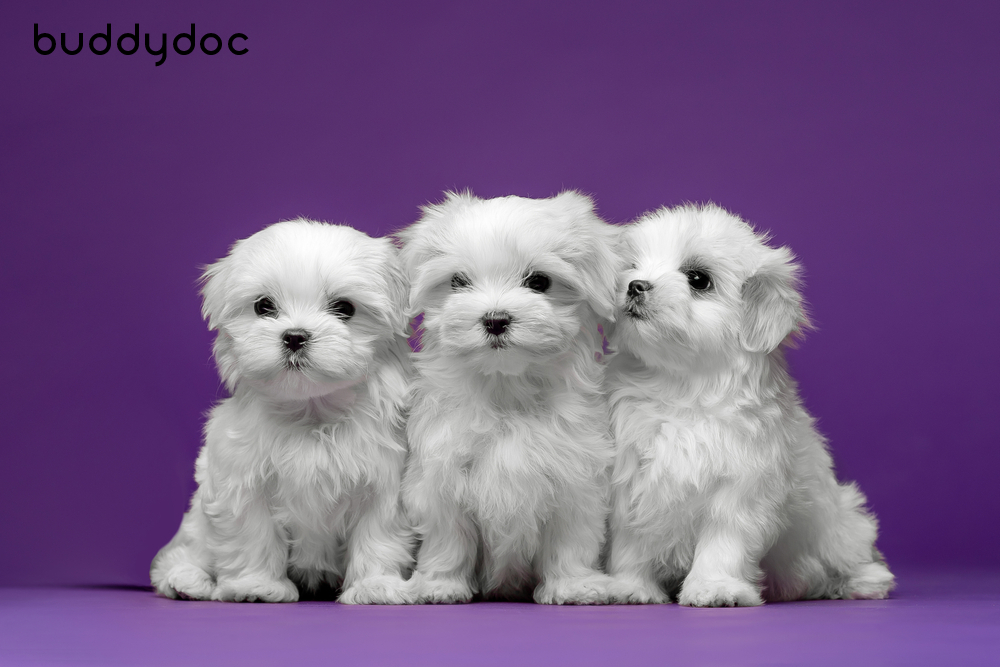
like many purebred dogs, they are also prone to certain genetic health issues. It's important for prospective Maltese owners to be aware of these predispositions and take steps to ensure their pets live long, healthy lives.
Here are some of the genetic diseases commonly associated with the Maltese breed:
⦁ Calactorrhea
Calactorrhea, also known as "tear staining," is a common issue in Maltese dogs. This condition results in reddish-brown stains on the fur beneath their eyes, often due to excessive tear production and a susceptibility to tear duct blockages.
While it's primarily a cosmetic concern, it can be managed with regular cleaning and, in some cases, dietary adjustments.
⦁ Patellar Luxation
Patellar luxation is a condition where the kneecap (patella) can dislocate or move out of its normal position. Maltese dogs are known to be susceptible to this condition, which can range from mild discomfort to severe lameness.
Regular check-ups and early detection are crucial for managing this condition.
⦁ Bronchial stenosis
Bronchial stenosis is a condition that affects the airways in the lungs. In Maltese dogs, this condition can lead to a narrowing of the bronchial tubes, making it difficult for them to breathe. It often presents with symptoms such as coughing, wheezing, and labored breathing.
While not exclusive to Maltese dogs, they are one of the breeds more predisposed to this condition. Early detection and prompt veterinary care are crucial for managing bronchial stenosis.
How to care for Maltese fur
Maltese dogs boast a luxurious, silky coat that requires regular care to maintain its beauty. To keep their fur in top condition, daily brushing is recommended to prevent matting and tangling. Bathing should be done every 2-4 weeks with a gentle, dog-specific shampoo, followed by thorough rinsing and drying to avoid skin issues.
Regular professional grooming can help keep their coat manageable. Avoid harsh brushing or pulling, as their fine fur is delicate. In addition, tying their hair up with a topknot or bows can keep it away from their eyes and prevent irritation.
Precautions to consider when raising Maltese dogs
Bringing a Maltese puppy or dog into your life is a delightful experience, but it comes with responsibilities. Here are some precautions and extra tips to ensure their well-being and happiness:
⦁ Barking tendency will vary depending on personality, but some Maltese tend to get very lonely and may bark very often or show signs of separation anxiety.
⦁ Since their ears are covered with fur, there is a risk of developing ear infections if not proper care is not taken.
⦁ It is important to take care of the hair between the claws and paw pads to avoid slipping accidents. Another way to avoid these accidetns is to place mats on the floor to prevent slipping.
Read more on the Buddydoc blog page!
Check your dogs health anytime, anywhere with Buddydoc general health checks! Buddydoc provides a weekly updated blog to keep you informed on the latest and best ways to prepare and take care of your pet all year round. Check out more articles you may be interested in!



